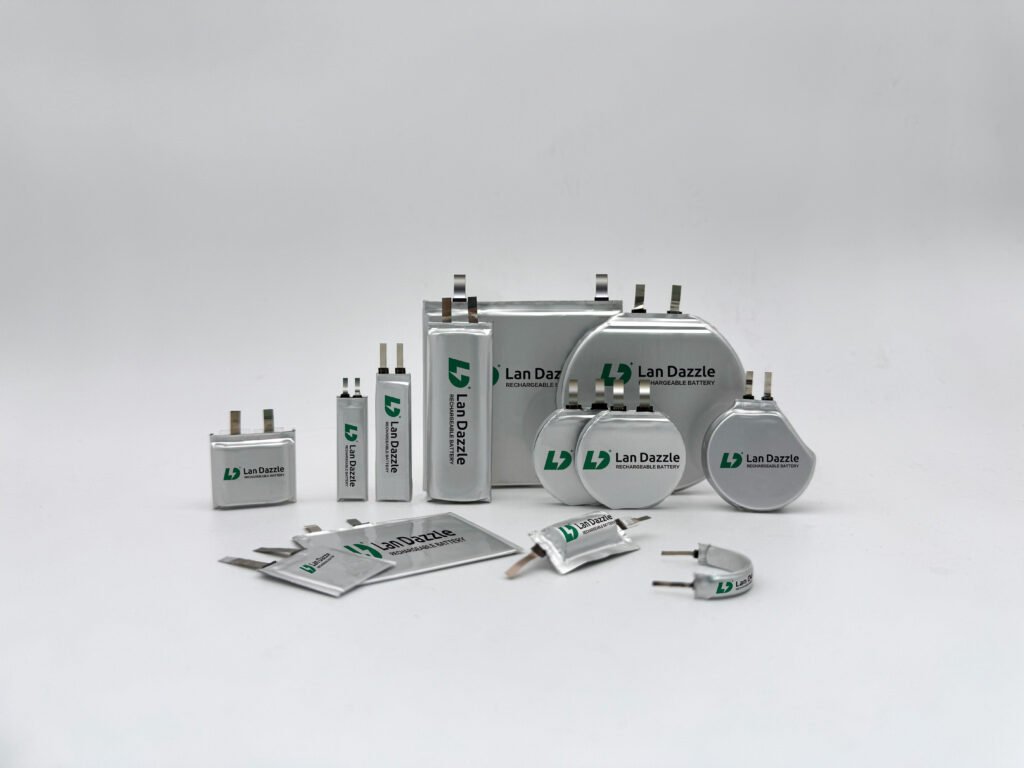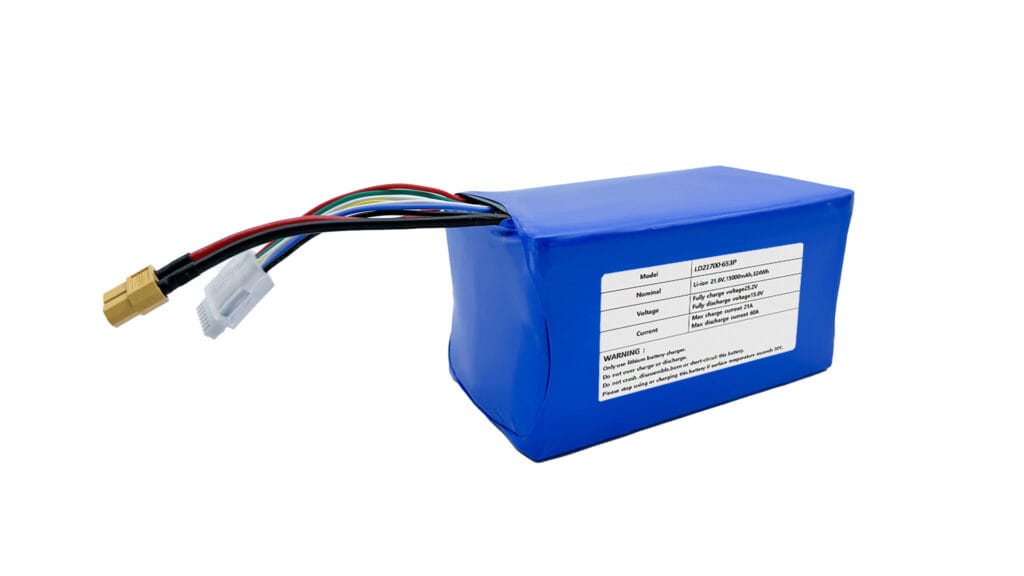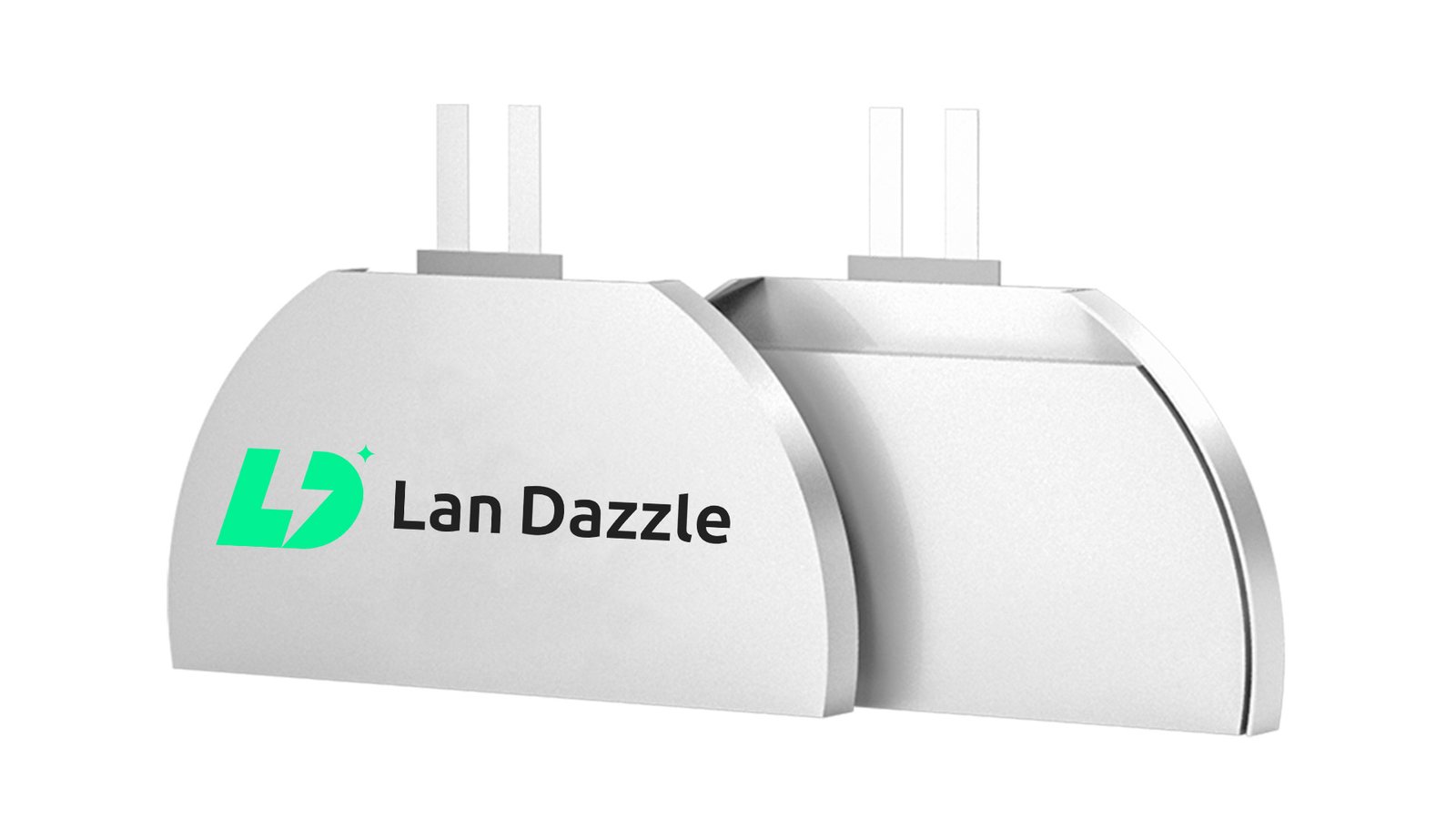In our increasingly connected world, tracking devices have become indispensable tools for a myriad of applications. From ensuring the safety of loved ones and furry companions to monitoring valuable assets and studying the movements of wildlife, these devices rely heavily on a consistent and reliable power source. While various battery technologies exist, lithium batteries have emerged as the gold standard for modern tracking technology, offering a superior blend of performance, longevity, and efficiency. This comprehensive guide will delve into the world of tracker lithium battery, exploring their benefits, different types, key considerations, applications, and how to ensure their optimal performance.

Why Lithium Batteries are the Ideal Choice for Trackers
The shift towards lithium batteries in tracking devices is driven by their inherent advantages over traditional power sources:
- Superior Energy Density: Imagine a small, lightweight power source capable of keeping your tracking device running for days or even weeks on a single charge. Lithium batteries excel in energy density, meaning they can store a significant amount of energy relative to their size and weight. For instance, a compact lithium-ion battery in a personal GPS tracker can often provide weeks of standby time, a feat nearly impossible with older alkaline battery technologies. This is because lithium ions are much lighter and more reactive than the materials used in other battery types, allowing for more energy storage in a smaller volume.
- Longer Cycle Life: Unlike batteries that degrade rapidly with each charge and discharge cycle, lithium batteries offer a significantly longer cycle life. This refers to the number of times a battery can be fully charged and discharged before its capacity starts to diminish noticeably. High-quality lithium iron phosphate (LiFePO4) batteries, often used in asset tracking applications, can endure over 2000 charge cycles at an 80% depth of discharge. This extended lifespan translates to fewer replacements and lower long-term costs for tracking device users.
- Lower Self-Discharge Rate: One of the frustrations with older battery chemistries is their tendency to lose charge even when not in use. Lithium batteries boast a remarkably low self-discharge rate, typically losing only a few percent of their charge per month. This is crucial for tracking devices, especially asset trackers or wildlife monitoring tags that might remain dormant for extended periods before needing to transmit data. The ability to retain charge ensures the device is ready when needed.
- Lighter Weight and Compact Size: The portability of tracking devices is paramount, whether it’s a small GPS tracker for a child or a lightweight collar for a pet. Lithium batteries are significantly lighter and more compact than their counterparts, like lead-acid batteries, for the same energy capacity. Studies show that lithium-ion batteries can be 50-60% lighter than lead-acid batteries with similar power output. This reduced weight enhances user comfort and minimizes the burden on the tracked subject, be it a person, animal, or asset.
Understanding Different Types of Lithium Batteries for Trackers
The term “lithium battery” encompasses various chemistries, each with its own set of characteristics:
- Lithium-Ion (Li-ion): This is a broad category encompassing several subtypes like Lithium Cobalt Oxide (LCO), Lithium Manganese Oxide (LMO), and Lithium Nickel Manganese Cobalt Oxide (NMC). Li-ion batteries are known for their high energy density and relatively long lifespan, making them common in personal GPS trackers and fitness wearables.
- Lithium Polymer (Li-Po): A variant of lithium-ion, Li-Po batteries utilize a polymer electrolyte instead of a liquid one. This allows for greater flexibility in form factor, enabling the creation of thin, lightweight batteries ideal for compact trackers like pet collars and some fitness bands. They also offer good energy density.
- Lithium Iron Phosphate (LiFePO4): These batteries stand out for their exceptional safety characteristics and long cycle life. While their energy density might be slightly lower than some other lithium types, their thermal stability and tolerance to deep discharge make them a preferred choice for applications where safety and longevity are critical, such as in some asset trackers and wildlife monitoring devices.
Key Specifications and Features to Consider
Choosing the right lithium battery for a tracking device involves understanding several key specifications:
- Voltage and Capacity (Ah/mAh): Voltage (measured in volts) determines the electrical potential that powers the device, while capacity (measured in Amp-hours or milliamp-hours) indicates the amount of charge the battery can store and thus, how long it can power the tracker. It’s crucial to match the battery’s voltage to the device’s requirements. A higher capacity generally translates to longer runtime. For example, a fitness tracker might use a 3.7V battery with a 200 mAh capacity for a day’s worth of activity tracking, while an asset tracker needing months of operation could utilize a larger capacity LiFePO4 battery.
- Size and Form Factor: The physical dimensions and shape of the battery must be compatible with the tracker’s design. Lithium polymer batteries are particularly advantageous here due to their ability to be manufactured in various shapes and sizes, fitting snugly into compact devices.
- Operating Temperature Range: Extreme temperatures can significantly impact a lithium battery’s performance and lifespan. Most tracker lithium batteries are designed to operate within a specific temperature range (e.g., -20°C to 60°C). Exposure to temperatures outside this range can lead to reduced capacity or even permanent damage. For instance, a tracker used in very cold climates might require a battery with a wider operating temperature range.
- Safety Features (BMS): A Battery Management System (BMS) is an electronic circuit that protects the battery from overcharging, over-discharging, and overheating. A robust BMS is crucial for ensuring the safety and longevity of lithium batteries in tracking devices. Look for trackers that incorporate a reliable BMS.
Applications of Tracker Lithium Battery
The versatility of lithium batteries has fueled the widespread adoption of tracking technology across diverse fields:
- Personal GPS Trackers: These devices, often used for personal safety or monitoring children and the elderly, benefit from the compact size and long battery life of lithium-ion or lithium polymer batteries, allowing for discreet and reliable tracking.
- Pet Trackers: Ensuring our furry friends’ safety is paramount. Lightweight and durable lithium polymer batteries are commonly used in pet trackers, providing extended tracking times without causing discomfort to the animal.
- Asset Trackers: Businesses rely on asset trackers for logistics, inventory management, and theft prevention. Long-life lithium iron phosphate (LiFePO4) batteries are often preferred in these applications due to their durability and ability to operate for extended periods without needing a recharge, crucial for tracking valuable equipment across vast distances.
- Fitness Trackers: These wearables monitor activity levels and health metrics. Their sleek designs necessitate compact and lightweight lithium-polymer batteries that can last for several days on a single charge.
- Wildlife Trackers: Researchers use tracking devices to study animal behavior and migration patterns. Small, high-energy-density lithium batteries are essential for these applications, minimizing the burden on the animals while providing sufficient power for long-term monitoring.

Caring for Your Tracker Lithium Battery
Proper care is essential to maximize the lifespan and performance of your tracker’s lithium battery:
- Proper Charging Techniques: Always use the charger specifically designed for your tracking device. Avoid overcharging, which can damage the battery over time. While most modern devices have built-in protection, it’s still good practice to unplug the device once it’s fully charged.
- Storage Guidelines: If you need to store your tracker for an extended period, it’s best to do so with the battery charged to around 50%. Avoid storing batteries in extreme temperatures (both hot and cold), as this can accelerate degradation. A cool, dry place is ideal.
- Handling and Safety Precautions: Lithium batteries are generally safe when used correctly, but it’s crucial to handle them with care. Avoid puncturing, crushing, or disassembling the battery. If a battery appears damaged (e.g., swelling, leaking), discontinue use immediately and dispose of it properly according to local regulations.
Conclusion
Lithium batteries have revolutionized the world of tracking technology, providing the power, longevity, and reliability necessary for a wide array of applications. Their superior energy density, long cycle life, low self-discharge rate, and lightweight design make them the ideal choice for personal, pet, asset, fitness, and wildlife trackers. By understanding the different types of lithium batteries, considering key specifications, and practicing proper care, users can ensure their tracking devices remain powered and effective for years to come, enhancing safety, efficiency, and our understanding of the world around us.
Best Tracker Lithium Battery Manufacturer
At LanDazzle, we understand that the heart of any reliable tracking device lies in its power source. As specialists in the design and manufacture of custom lithium polymer (lipo) batteries, we are dedicated to providing tailored energy solutions for all types of trackers. Whether you’re developing advanced GPS trackers, compact pet monitoring devices, robust asset tracking systems, sleek fitness wearables, or long-lasting wildlife tracking collars, LanDazzle can engineer a battery that perfectly meets your specific requirements.
Our expertise in custom lipo battery design allows us to optimize for critical factors such as size, weight, capacity, and operating temperature range. We work closely with our clients to understand the unique demands of their tracking applications, ensuring that our batteries deliver peak performance, extended lifespan, and the utmost safety. By choosing LanDazzle, you gain a partner committed to powering your tracking innovations with cutting-edge battery technology designed for your exact needs. Contact us today at info@landazzle.com to discuss your custom lipo battery solutions.

FAQ
- How long do lithium batteries typically last in GPS trackers? The lifespan of a lithium battery in a GPS tracker varies greatly depending on usage patterns, battery capacity, and device power consumption. In standby mode, some trackers can last for weeks or even months on a single charge. With continuous tracking, the battery might last for several hours to a few days. Over their operational life (number of charge cycles), quality lithium batteries in trackers can last for 2-5 years or more with proper care.
- Are lithium batteries safe to use in tracking devices? Yes, lithium batteries are generally safe when used correctly and when the tracking device incorporates a Battery Management System (BMS). The BMS protects against overcharging, over-discharging, and overheating, which are potential safety hazards. However, it’s crucial to use the correct charger and avoid physical damage to the battery.
- Can I use any lithium battery for my tracker, or do I need a specific type? You should always use the specific type and voltage of lithium battery recommended by the tracker manufacturer. Using an incompatible battery can lead to performance issues, damage to the device, or even safety hazards. Refer to your device’s manual for the correct battery specifications.
- How should I properly charge and store my tracker lithium battery to maximize its lifespan? To maximize lifespan, use the manufacturer-provided charger, avoid extreme temperatures during charging and storage, and unplug the device once fully charged. For long-term storage, aim for a charge level of around 50% and store in a cool, dry place.
- What are the main advantages of using lithium batteries over other types in tracking devices? The main advantages include higher energy density (longer runtime in a smaller, lighter package), longer cycle life (more charge/discharge cycles), lower self-discharge rate (better standby time), and generally more stable performance.
- How do I know when my tracker lithium battery needs to be replaced? Signs that your tracker battery might need replacement include significantly reduced runtime despite a full charge, the device no longer holding a charge, or the battery physically swelling or showing signs of leakage. If you observe any of these issues, replace the battery immediately and dispose of the old one properly.





